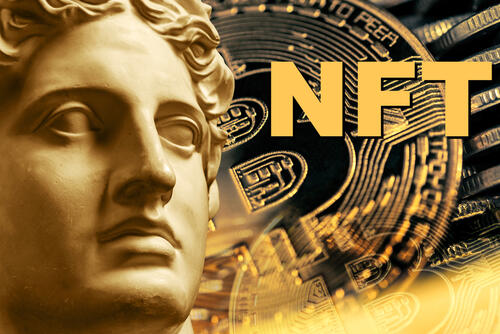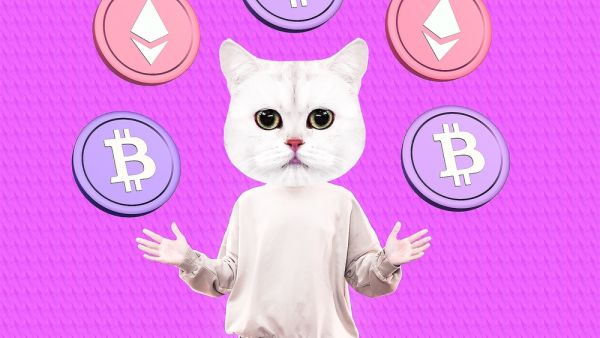ALBAWABA- The arrival of Non-Fungible Tokens (NFTs) has resulted in a major upheaval in the realm of digital art in recent years. These one-of-a-kind digital assets have attracted considerable attention and debate, leaving many people intrigued about their origins and the genius behind their development. Join us as we begin on an enthralling quest to discover who invented NFTs and how they forever altered the landscape of the art and technology industries.
The Birth of NFTs
To understand the birth of NFTs, we must first delve into the history of blockchain technology. In 2008, an enigmatic individual or group known as Satoshi Nakamoto introduced Bitcoin, the world's first decentralized digital currency. This groundbreaking innovation utilized blockchain, a distributed ledger technology that ensures transparency, security, and immutability.

Source: Shutterstock
While Bitcoin introduced the concept of digital scarcity, it wasn't until several years later that the concept of non-fungibility emerged. In 2012, a programmer named Colored Coins proposed the idea of attaching additional information to Bitcoin transactions, effectively creating a tokenized representation of real-world assets. Although this concept laid the groundwork for NFT, it did not gain significant traction at the time.
The Pioneers
The true birth of NFT can be attributed to a talented programmer and early adopter of blockchain technology named Kevin McCoy. In 2014, McCoy, along with his partner Anil Dash, created the first-ever Non-Fungible Token known as "Quantum" or "Q." This remarkable achievement marked the beginning of a new era for digital art and collectibles.
McCoy and Dash's creation established the fundamental concept of NFT: digital assets that are unique, indivisible, and verifiable through blockchain technology. Quantum was embedded with specific metadata that confirmed its authenticity and ownership, laying the groundwork for the subsequent development of the NFT ecosystem.
The Emergence of CryptoKitties
While McCoy and Dash's Quantum paved the way for NFT, it was the advent of CryptoKitties in 2017 that propelled non-fungible tokens into the mainstream. Created by the Vancouver-based technology company Axiom Zen, CryptoKitties introduced the concept of digital collectibles in the form of adorable virtual cats.
These digital felines were unique, could be bred to create new and distinct kittens, and were secured on the Ethereum blockchain using NFTs. The game's immense popularity caused a surge in demand for NFTs, highlighting the potential for using blockchain technology to tokenize and trade various forms of digital assets.
NFTs Reach New Heights
As NFTs gained momentum, their applications expanded far beyond the realm of digital art. Artists, musicians, and creators from various disciplines recognized the potential of NFTs to establish ownership, authenticate works, and monetize their creations directly.
In 2021, the NFT market exploded, with record-breaking sales and headline-grabbing auctions. Notably, Beeple, a digital artist, made history by selling a collection of his artworks as an NFT for a staggering $69 million. The sale showcased the immense value that could be generated through NFTs and demonstrated that digital art could be considered a legitimate form of investment.
The story of who invented NFTs intertwines the vision and ingenuity of several pioneers. Kevin McCoy's groundbreaking creation of Quantum laid the foundation for NFTs, while CryptoKitties brought them into the mainstream consciousness. Since then, NFTs have evolved into a powerful tool for artists, creators, and collectors, providing new avenues for expression, ownership, and financial opportunities.
As the NFT market continues to grow and evolve, it is important to acknowledge the collaborative efforts and contributions of numerous individuals and communities. NFTs represent a remarkable fusion of art, technology, and innovation, and their journey is far from over. With each passing day, NFTs redefine the boundaries of what is possible in the digital realm, leaving us eager to witness the next chapter in this captivating tale of creativity and disruption.







